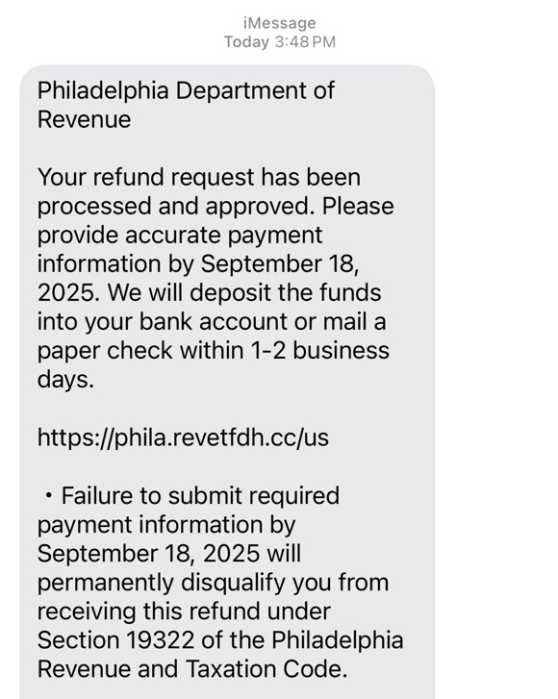By Susan Cornwell and Makini Brice
The House of Representatives gave final approval on Wednesday to one of the largest economic stimulus measures in U.S. history, a sweeping $1.9 trillion COVID-19 relief bill that gives President Joe Biden his first major victory in office.
The measure provides $400 billion for $1,400 direct payments to most Americans, $350 billion in aid to state and local governments, an expansion of the child tax credit and increased funding for vaccine distribution. Forecasters expect it to supercharge the U.S. economic recovery.
“Help is here,” Biden wrote in a tweet after the vote. The White House said he plans to sign the bill on Friday.
Approval by a 220-211 vote in the Democratic-controlled chamber came with zero Republican support after weeks of partisan debate and wrangling in Congress. Democrats described the legislation as a critical response to a pandemic that has killed more than 528,000 people and thrown millions out of work.
“This is a historic day. It is the beginning of the end of the great COVID depression,” Democratic Representative Jan Schakowsky said.
Republicans said the measure was too costly and was packed with wasteful progressive priorities. They said the worst phase of the largest public health crisis in a century has largely passed and the economy is headed toward a rebound.
“It’s the wrong plan at the wrong time for so many wrong reasons,” Republican Representative Jason Smith said.
Democrats were eager to get the final bill to Biden’s desk for his signature before current enhanced federal unemployment benefits expire on March 14.
The House rejected an effort by Republican Representative Marjorie Taylor Greene to delay proceedings by asking for an adjournment – something she has attempted four times since taking office in January.
The House voted 235-149 to plow ahead, with 40 Republicans joining Democrats in rejecting Greene’s effort.
Although many Republicans supported coronavirus relief under former President Donald Trump’s administration, no Republican lawmaker voted for the bill in the House or Senate.
But the bill is popular with the public. A Reuters/Ipsos national opinion poll, conducted March 8-9, showed that 70% of Americans support the plan, including majorities of Democrats and Republicans. Among Republicans, five out of 10 say they support the plan, while nine out of 10 Democrats supported it.
The legislation could have high stakes for both parties. If it succeeds in giving the economy a major boost, it also could improve Democrats’ political fortunes as they attempt to hold onto their slim majorities in Congress going into the 2022 midterm elections.
“We think it will have significant consequences for the American people, economically, politically and even going to their faith in government,” Senate Majority Leader Chuck Schumer said after the vote.
Only one House Democrat, Jared Golden of Maine, voted against the package, saying the high cost endangered the recovery.
“Borrowing and spending hundreds of billions more in excess of meeting the most urgent needs poses a risk to both our economic recovery and the priorities I would like to work with the Biden administration to achieve,” Golden said.
Democrats hold a narrow 221-211 majority in the House and, without Republican support, could afford to lose few Democratic votes.
The version passed by the Senate in an marathon weekend session had removed a $15-per-hour federal minimum wage increase by 2025; tightened the eligibility for $1,400 direct payments, capping them at those earning below $80,000, cut the unemployment insurance payment to $300 per week from the House’s $400, and targeted some of the state and local government aid to smaller communities.
States that voted for Trump in the November election are due to get a larger amount of education and child-care aid per resident than those that backed Biden, according to estimates from two congressional committees.
Residents of Republican-leaning states, which tend to have lower household incomes, also are likely to get larger stimulus checks and tax breaks as well, according to an independent research group.
The massive spending push is seen as a major driver, coupled with a quickening pace of COVID-19 vaccinations and a slowing infection rate, in a rapidly brightening outlook for the nation’s economy.
Private- and public-sector economists have been marking up their growth estimates, with Morgan Stanley this week pegging 2021 economic output growth at 8.1%. The Organization for Economic Cooperation and Development on Tuesday predicted U.S. growth would top 6% this year, up from an estimate of around 3% just three months ago.
With the COVID-19 aid bill now completed, attention turns to the next round of major legislation Biden aims to push, including massive infrastructure investments, immigration reforms and climate change initiatives.
While fiscal conservatives bridled at the $1.9 trillion cost of the COVID-19 bill, it could be possible to get Republican buy-in on immigration and climate change legislation in the Senate, said Paul Sracic, a political science professor at Youngstown State University.
But getting enough Republican support for Democratic initiatives to propel them to passage will be a challenge and “anything that gets 60 votes in the Senate is likely to be a problem with progressive Democrats in the House,” Sracic added.
Reuters




























